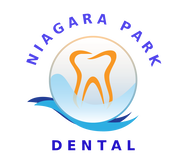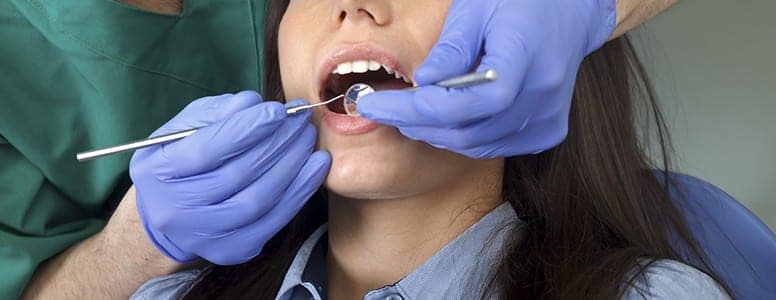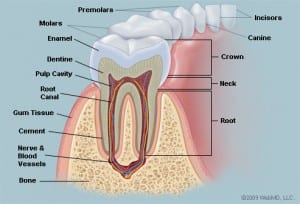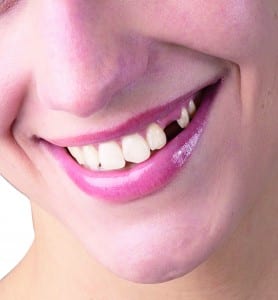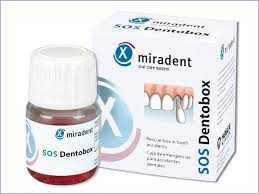|
Having diabetes doubles the risk of tooth loss, according to new research. It has long been established that diabetes increases the risk of tooth decay, but this is the first study to examine the extent of the effect. Diabetes and tooth lossOver time, prolonged exposure to high blood glucose levels can cause significant damage to the teeth and gums. This is because bacteria feeds on glucose, so it will thrive wherever glucose is prevalent. The generally higher levels of glucose in people with diabetes makes them more susceptible to a range of bacterial infections, including tooth decay. To prevent tooth decay, people with diabetes should clean their teeth twice a day, floss regularly, and regularly visit the dentist. Like most complications of diabetes, maintaining careful blood glucose levels and following a healthy diet can reduce the risk of tooth decay. Conclusion:Diabetes is a challenging condition. Make sure to maintain a good oral health regime and visit us regularly to check your dental and oral health
0 Comments
Implants are one of the options to replace missing tooth or teeth. This post will discuss one aspect of implants, which is their versatility. For more information on implants, check our services page. More articles can be found in our blog as well. – When using an implant, no need to do the steps back to back immediately. You can place the fixture into bone, and leave it. The presence of the fixture in the bone helps prevent further bone loss. This is useful especially to make the payment for the procedure expand over longer period of time. The following steps of placing an abutment with the crown can be done later. – When implants are needed to replace many missing teeth, and more than one implant is required. No need to place all the implants in one procedure. The presence of one implant prevents further bone loss which makes placing more implants easier. – Sometime we like to hang on to our teeth for as long as possible, which is a good idea. However when teeth have poor prognosis, you can start placing implants for the teeth that you lose before waiting for more teeth to be removed. Once again this helps preserve bone ad gives you more time to pay for the procedure to end up with more than one implant supporting your teeth. – In a case when there are no teeth remaining, you can start by having two implants to support a removable denture. You can add more implants at your own pace, and eventually you can end up with a set of teeth supported by implants, that are not removable. Conclusion:If you need implants don’t be overwhelmed by price and the fact that you need more implants and you are expecting more to come.
The tooth is a vital tissue. It is more than what you see in your mouth. It even has a nerve inside of it. Teeth also respond to their ambiance, and they change structure with time. This article shows the structure of a tooth. Gross anatomy: The tooth is composed of two parts: 1- Crown: this is the part we use to chew food with and we can see it extruding out of the gums. It is covered with Enamel. 2- Root(s): this is the part of the tooth that holds it in place and is embedded in the jaw bone. Some teeth have one root, other two, three, even four and five. Now let us cut through a tooth and see what we find: 1- We will find a top layer called Enamel, and this is the hardest tissue in a living body. Made up of Calcium Phosphate minerals. The cells that make the Enamel are lost once it erupts. Any Enamel lost is lost forever. 2- Dentine, this makes up the body of the tooth and covered with Enamel in the crown part of the tooth. It is nine times softer than Enamel. That is why the Enamel is considered the helmet of your teeth, so don’t lose it. It is a vital tissue that has nerve endings in the deepest layers of it.. It also responds to stimuli and is constantly being built towards the centre of the tooth. 3- Pulp. This is the centre of the tooth. It is a tissue that has blood vessels, nerves, and lymph vessels. 4- Cementum. This is a layer that covers the root part of the tooth. 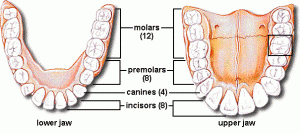 1- Incisors: The front middle four teeth on the top and bottom of the arch. They cut food with their chisel shape.\ 2- Canines. They are pointy, to enable tearing into food. 3- Premolars also known as bicuspids, have two cusps that are used for tearing and crushing food. 4- Molars They have multiple cusps which are useful for grinding food. Conclusion:
Teeth are vital tissues and they are all form a part of a functioning body. Every single one is important and has a role. Make sure to do your best to look after them. Prevention is better than cure. This is very well know adage, it is very important in dentistry. Every chipped tooth is damaged forever. How about a tooth that completely gets knocked out of its socket! How to prevent such injury: – these kind of injuries are most associated with sports. If you play sports, make sure to use a mouthguard. Talk to us to fabricate a guard for you. Don’t go cheap with mouthguards, you will get what you pay for. – Seizures. people who have a condition that puts them under the risk of seizures, they better consider having a mouthguard. – Undergoing orthodontic treatment. Especially to fix an increased overjet. In this article I will not go into details on what to do when such event happens. But I want to focus on “where to put the avulsed tooth“. It has been well accepted that best place, in order of prefernce: 1- Back in the socket. 2- In the person’s mouth 3- in Milk 4- in Saline The first two options are not very realistic all the time, as a person that has gone through physical trauma is not likely to cooperate for such intervention. Milk has been shown to be a very good option, because it maintains the vitality of the cells stuck to the root of the tooth. Same goes for Saline. However, studies showed that their effect on these cells is not long lived, and these cells do perish. The advantage of milk is availability. A new product has been introduced in the market lately called SOS Dentobox. The advantages of Dentobox; over milk is that it reduces the death of cells by up to 50%. However the disadvantage is availabilty. Conclusion:If you play sports, or have a condition that makes you subject to dental trauma, make sure you have SOS Dentobox available at you convenient place – home, gymnasium, school.
|
AuthorArticles are written by Dr M Hajarat. Archives
July 2024
|
|
Niagara Park Dental
3 / 16 Washington Avenue Niagara Park, NSW 2250 Email: [email protected] Phone: (02) 4329 3003 |
HOURS
Mon 9:00 - 5:30 Tue 9:00 - 5:30 Wed 9:00 - 5:30 Thu 9:00 - 5:30 Fri 9:00 - 5:30 |
|
